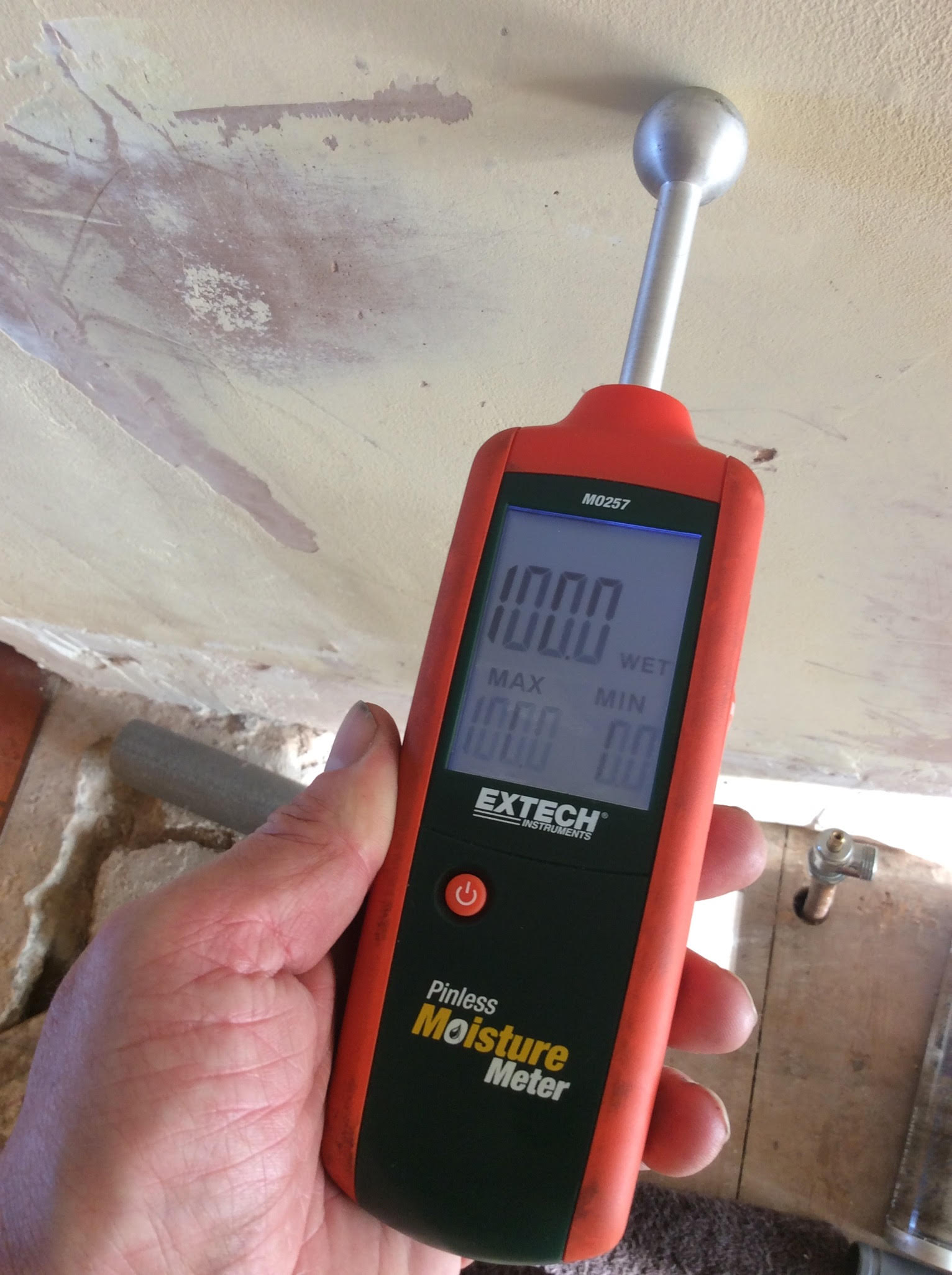Cutting-edge Solutions for Early Discovery of Water Leaks in Structures and Facilities
As the integrity of structures and infrastructure is critical, the challenge of very early discovery of water leaks has actually spurred cutting-edge services that guarantee to transform the means we safeguard versus potential problems. From cutting-edge leakage discovery innovations to the deployment of IoT sensors for real-time surveillance, the landscape of leak prevention is advancing rapidly. Artificial intelligence algorithms offer a look into the future of leakage prediction, while thermal imaging provides a non-intrusive method for determining concealed leaks. Automated water flow evaluation systems are reshaping just how leaks are identified and attended to, leading the way for a positive technique to water leak detection. Each of these services holds the essential to ensuring the reliability and durability of our constructed setting, prompting a shift towards a much more sustainable and reliable future.
Advanced Leakage Discovery Technologies
Advanced leakage detection technologies, equipped with innovative sensing units and formulas, play a critical duty in promptly determining and pinpointing water leaks in different setups. Electromagnetic sensors can determine changes in electromagnetic fields created by water, providing yet an additional layer of leak discovery capability.

IoT Sensors for Real-Time Monitoring
In the realm of modern water leakage discovery, the integration of IoT sensors for real-time tracking stands for a pivotal advancement in boosting aggressive leakage detection abilities. These sensors supply constant surveillance of water supply, offering real-time data on water circulation prices, stress variants, and temperature level changes. By leveraging IoT innovation, these sensing units can spot even the smallest anomalies in water usage patterns, allowing early recognition of possible leakages prior to they rise into major problems.
IoT sensors transfer information to a centralized system, where innovative formulas assess the details and create signals or alerts when abnormalities are discovered. This real-time tracking capability allows homeowner or center supervisors to immediately address leaks, minimizing water damages, reducing fixing prices, and preserving water sources.
Moreover, IoT sensing units can be incorporated with building monitoring systems, permitting automatic responses to spotted leakages, such as turning off water valves or activating pumps to mitigate the influence of leaks. In general, the execution of IoT sensing units for real-time monitoring dramatically improves the efficiency and performance of water leak discovery in buildings and infrastructure.
Artificial Intelligence Algorithms for Leak Prediction

One trick benefit of making use of equipment discovering for leak forecast is its capacity to constantly find out and boost its accuracy over time. As even more data is gathered and fed into the formula, it can fine-tune its predictions and adapt to transforming conditions, inevitably boosting the dependability of leak discovery systems.
Furthermore, device understanding formulas can assist in identifying subtle signs go to my blog of leakages that might go undetected by conventional monitoring methods. water leak detection. By evaluating intricate information embed in real-time, these algorithms can provide early cautions and notifies, enabling timely treatment and precautionary upkeep to minimize potential water damage and linked expenses
Making Use Of Thermal Imaging for Leak Discovery
Thermal imaging technology provides an encouraging method for detecting water leakages in numerous systems and infrastructures. By using infrared radiation and temperature level variances, thermal imaging electronic cameras can determine surprise leaks that are not quickly noticeable to the naked eye. When water gets away from pipelines or structures, it Discover More Here typically transforms the temperature of the surrounding area, developing temperature differentials that thermal video cameras can record. These temperature irregularities are after that equated right into noticeable photos, highlighting the exact location of the leak.
Among the crucial benefits of thermal imaging for leakage discovery is its non-intrusive nature. Unlike typical approaches that may call for burglarizing wall surfaces or floorings to situate leakages, thermal imaging enables non-destructive screening. This not just conserves time and reduces costs but also minimizes disruption to the structure or framework being analyzed. In addition, thermal imaging can quickly check huge locations, supplying a thorough review of possible leakage sources in a prompt fashion. In general, the use of thermal imaging innovation improves the performance and accuracy of water leakage detection, making it an important device for maintaining the integrity of buildings and facilities.
Automated Water Circulation Analysis Equipments
How can automatic water flow evaluation systems reinvent the detection and monitoring of leaks in numerous systems and infrastructures? Automated water flow evaluation systems use a proactive approach to leakage discovery by constantly keeping an eye on water click to find out more circulation rates and patterns. By developing baseline data, these systems can quickly recognize discrepancies that might suggest a leakage, enabling timely treatment to stop considerable damages.
These systems make use of sophisticated formulas to analyze real-time data and give immediate informs when anomalies are identified, enabling swift activity to be taken. In addition, automatic water circulation evaluation systems can be integrated with building management systems or IoT systems, enhancing overall performance and enabling remote tracking abilities.
In addition, the information accumulated by these systems can be used for predictive upkeep objectives, helping to identify potential weak factors in the infrastructure prior to leakages take place. On the whole, the execution of computerized water circulation evaluation systems can dramatically boost leakage detection and administration practices, ultimately leading to cost financial savings, lowered water wastefulness, and enhanced sustainability in buildings and infrastructure.

Conclusion
In final thought, the combination of innovative leakage discovery technologies, IoT sensors, maker understanding formulas, thermal imaging, and computerized water circulation evaluation systems offers innovative solutions for early detection of water leaks in buildings and infrastructure. These technologies enable real-time monitoring, prediction of leaks, and efficient discovery approaches to avoid water damages and wastage. Implementing these services can help in preserving the stability and sustainability of water supply in numerous settings.